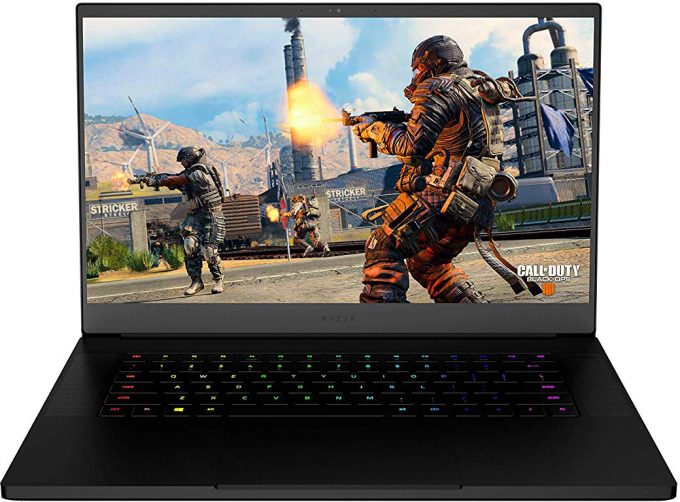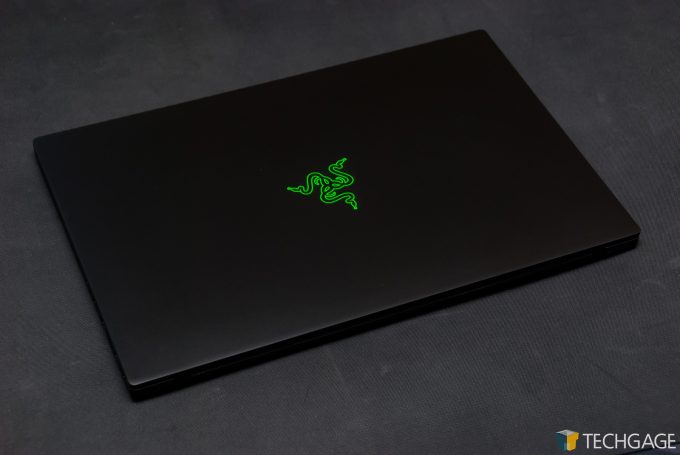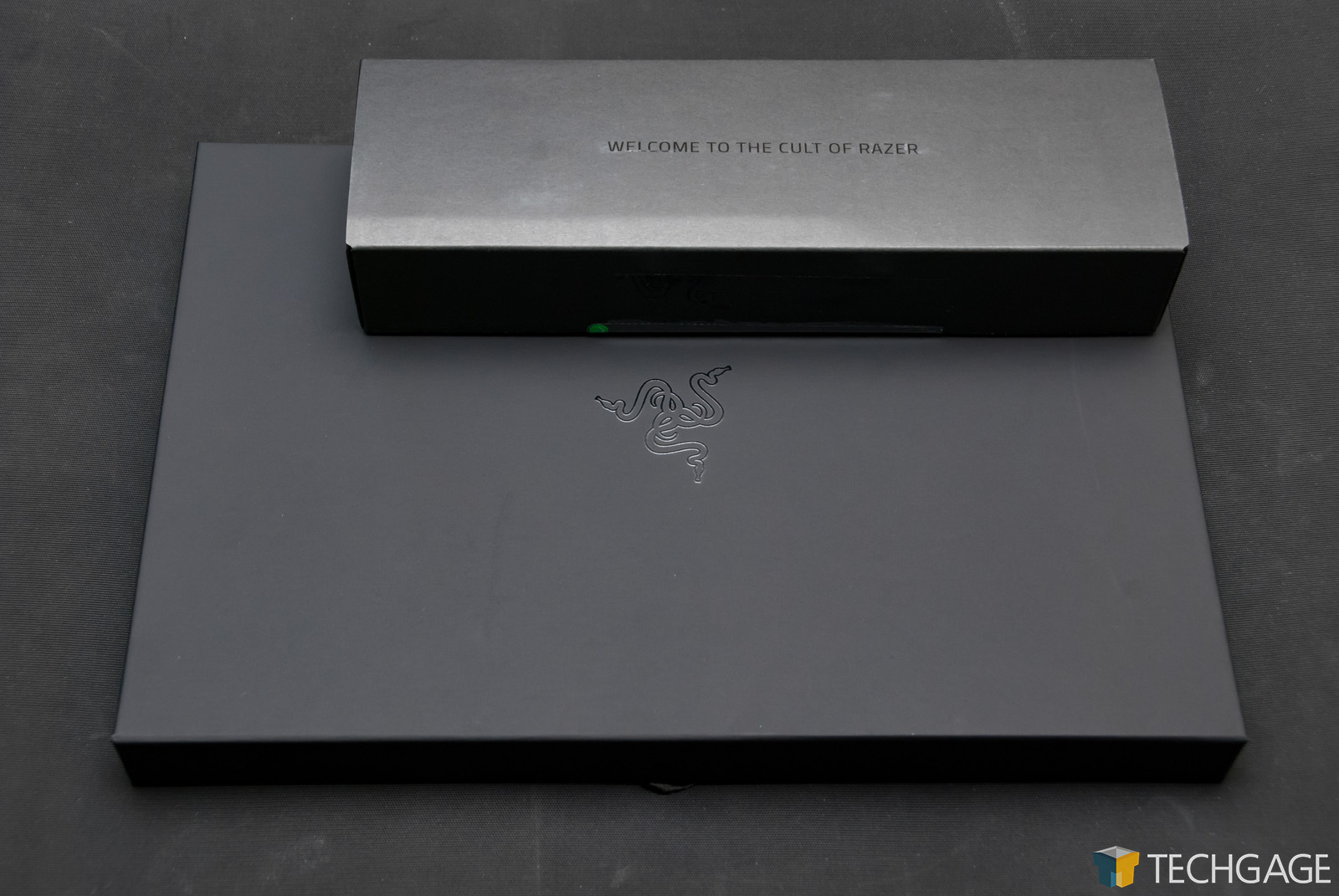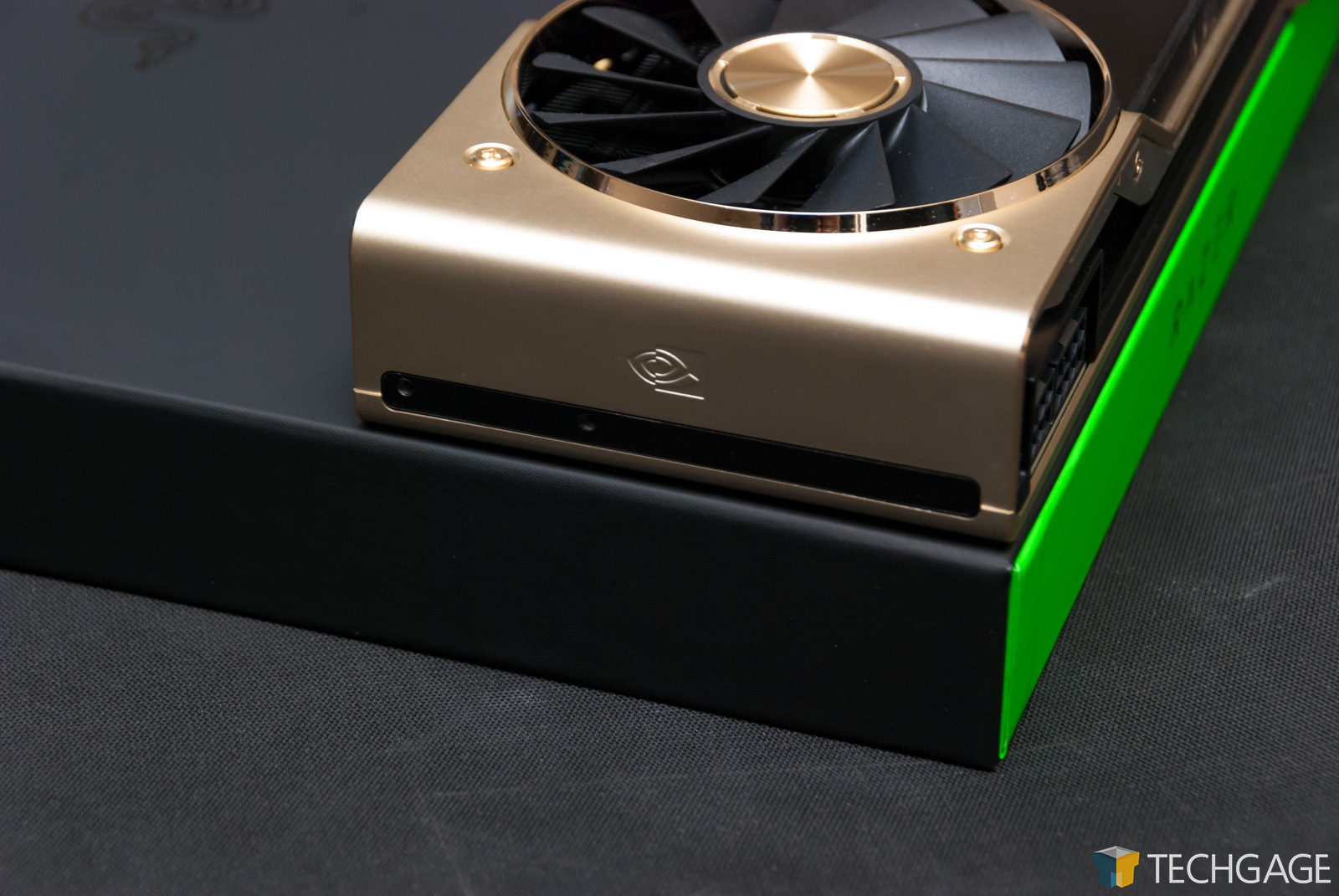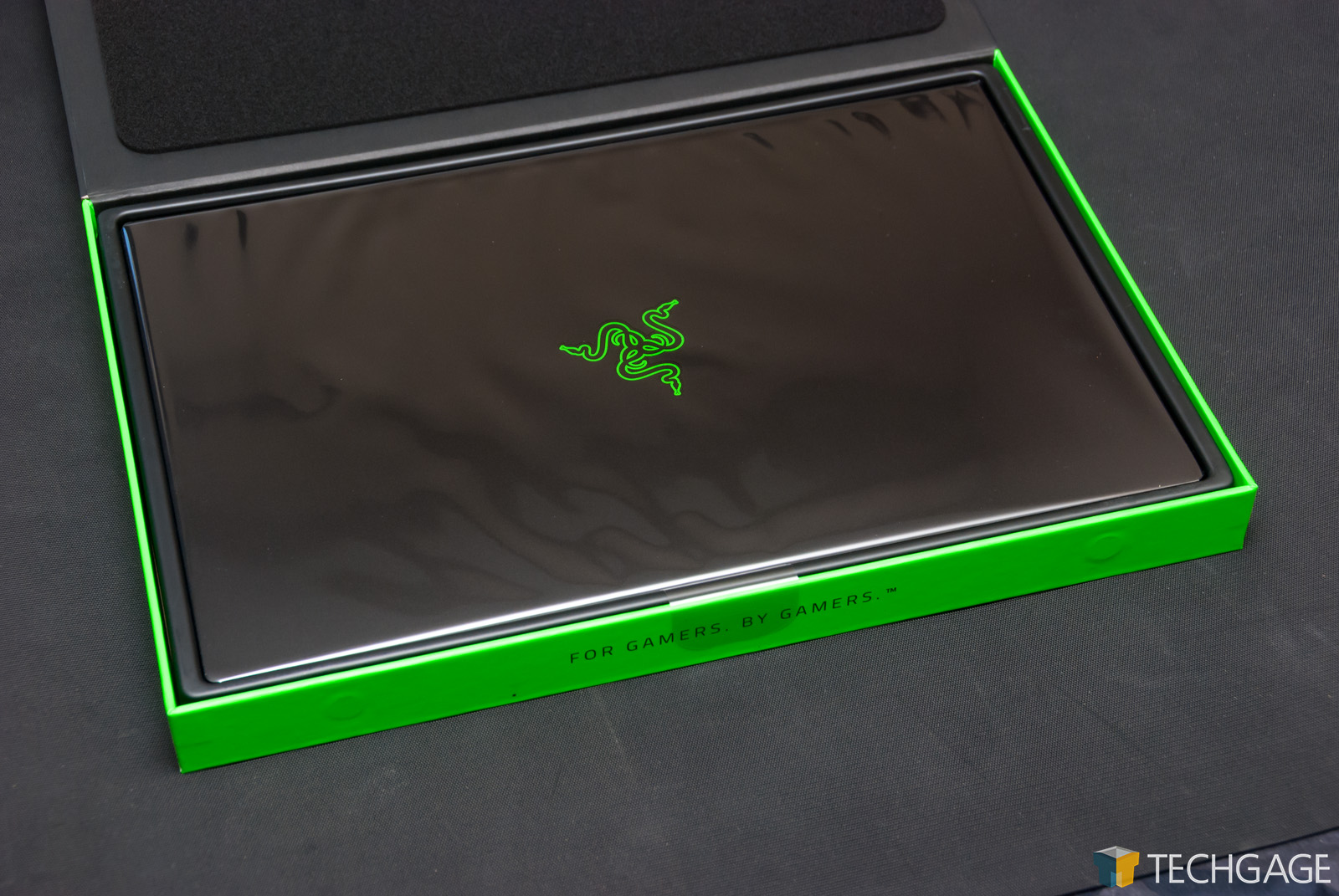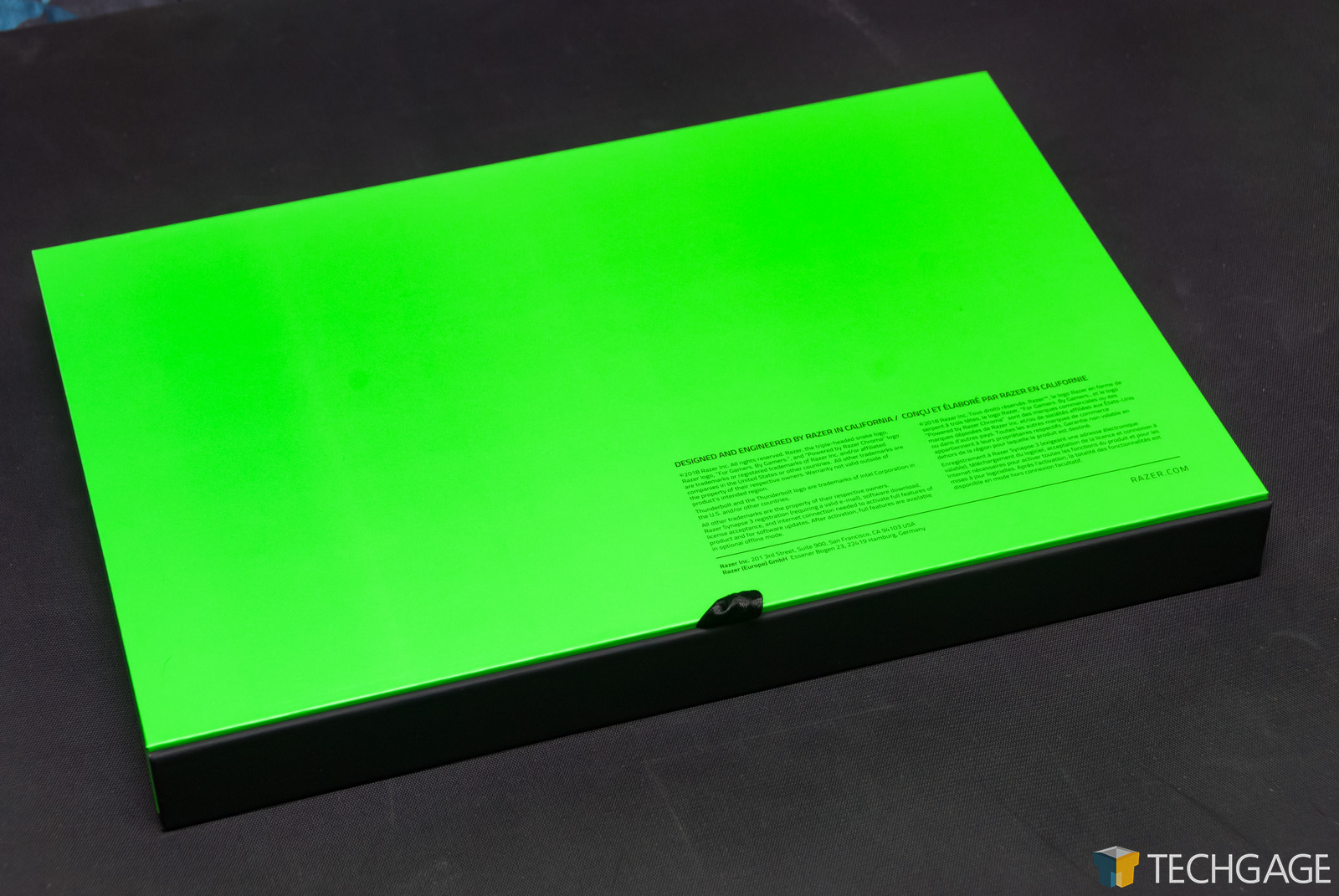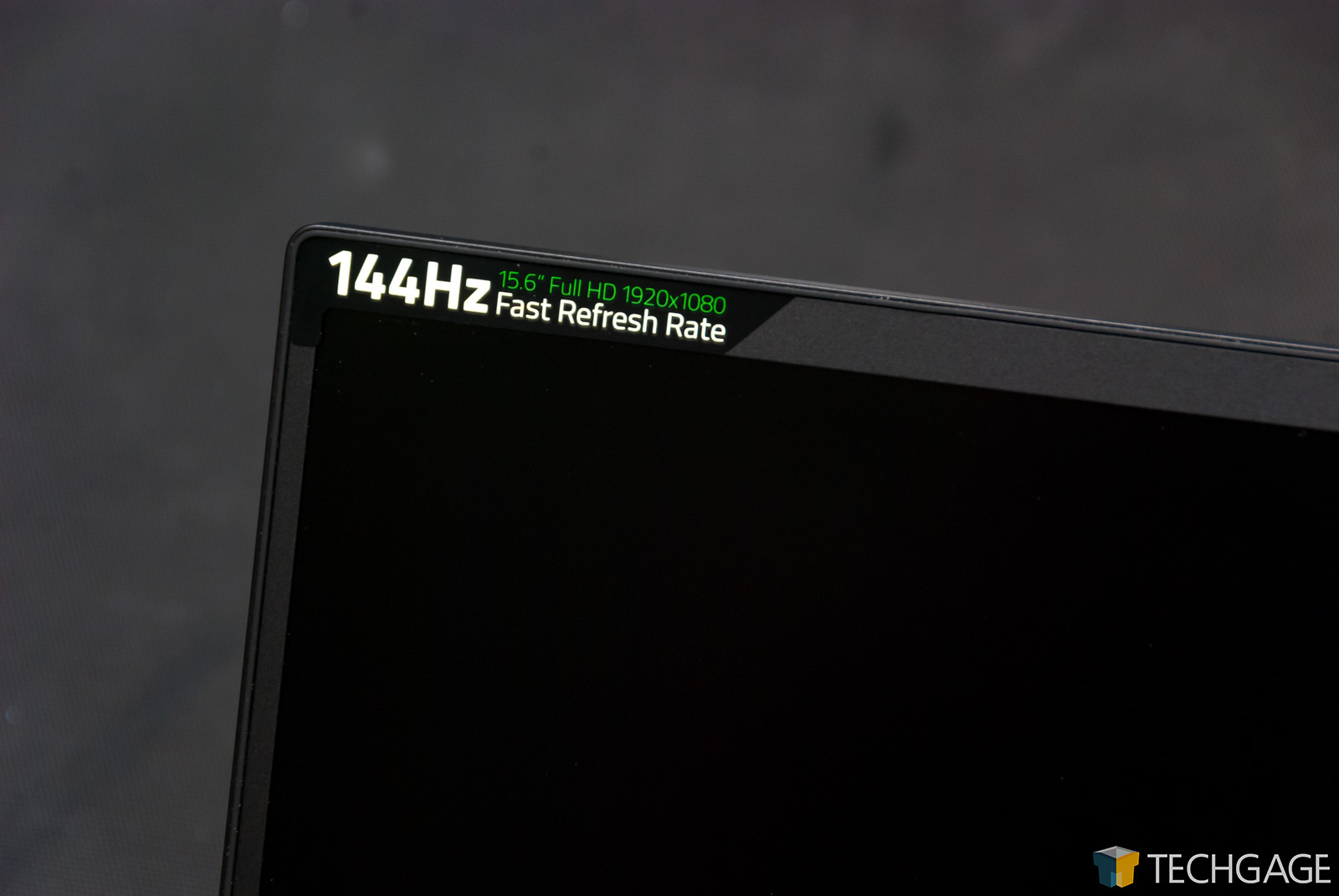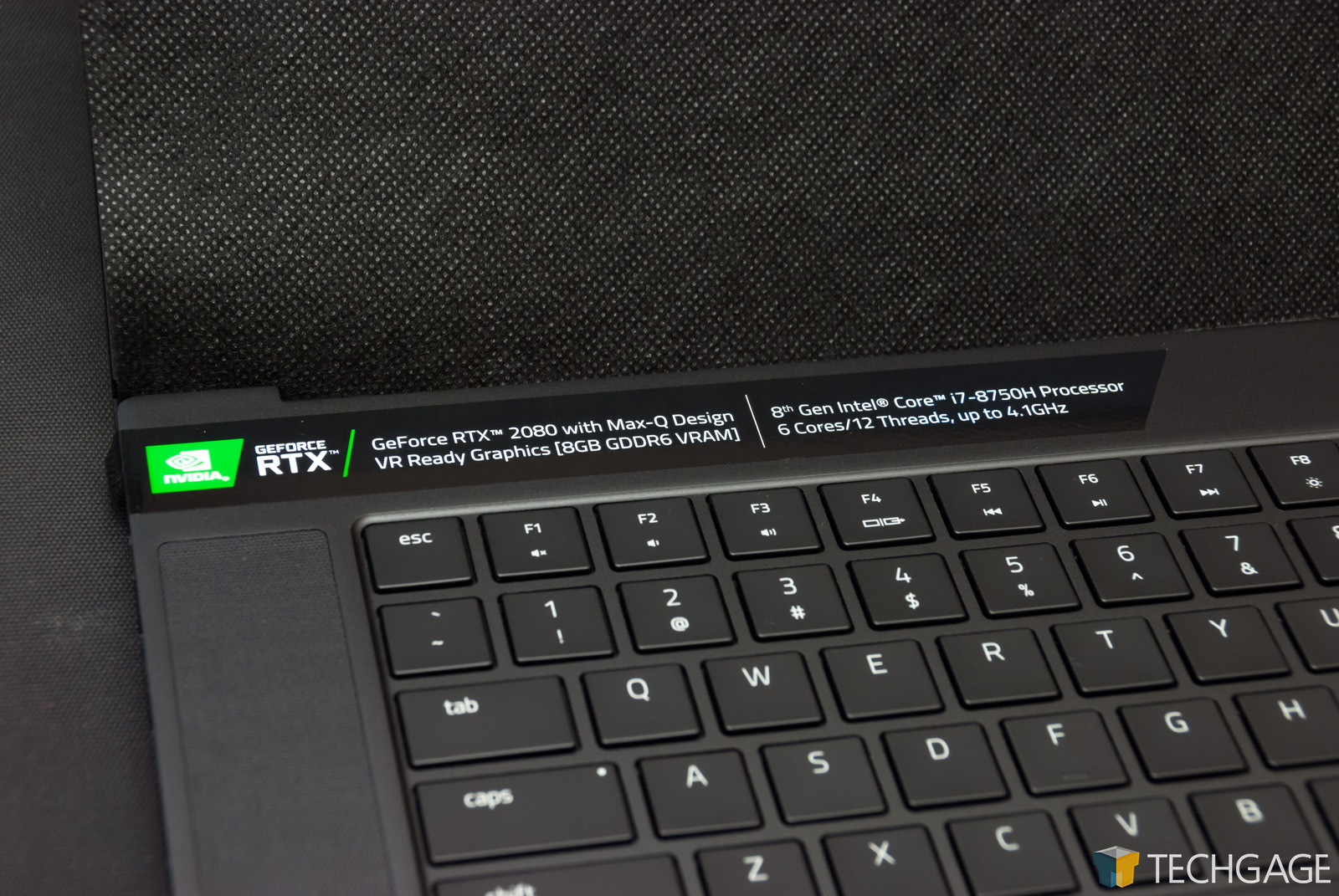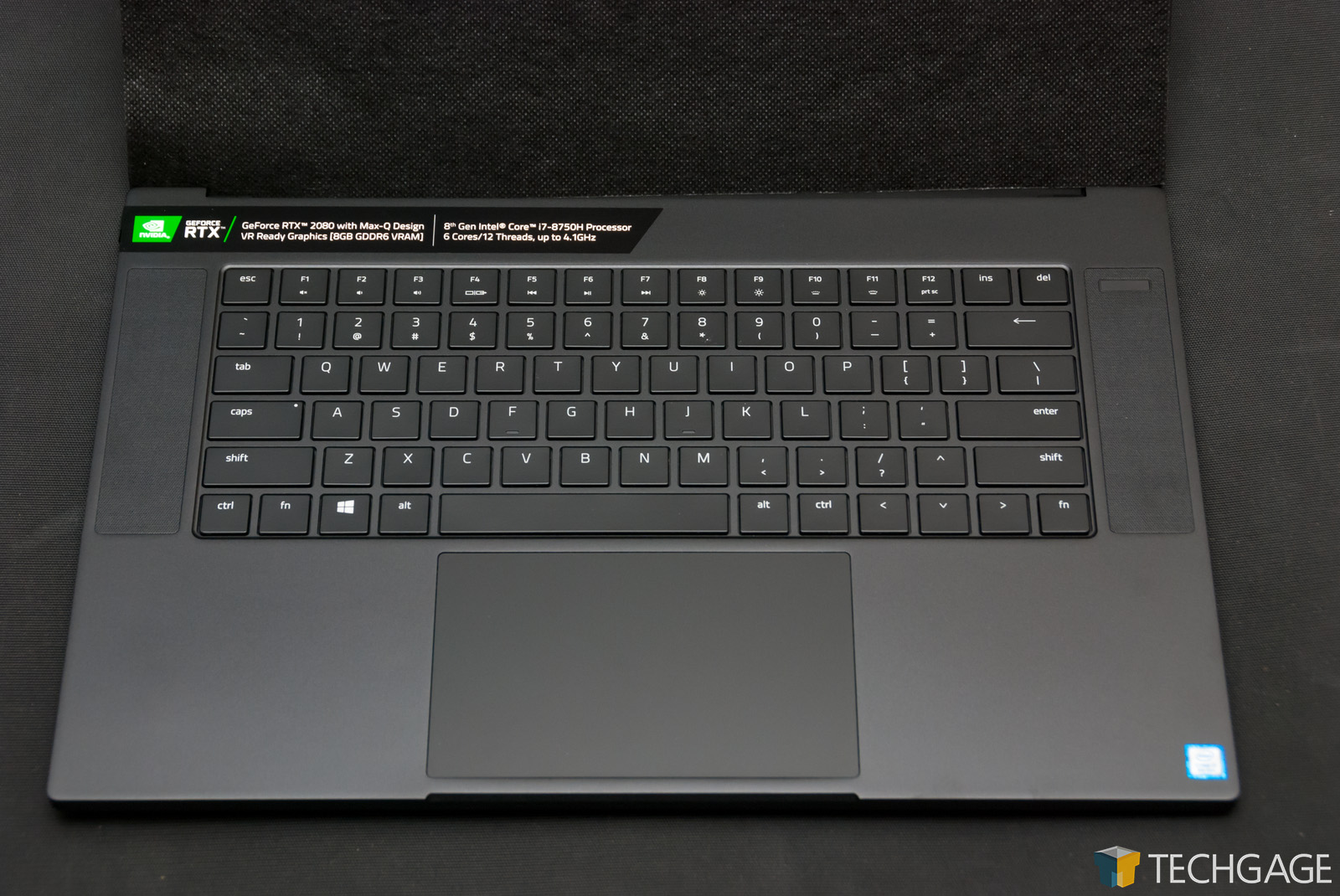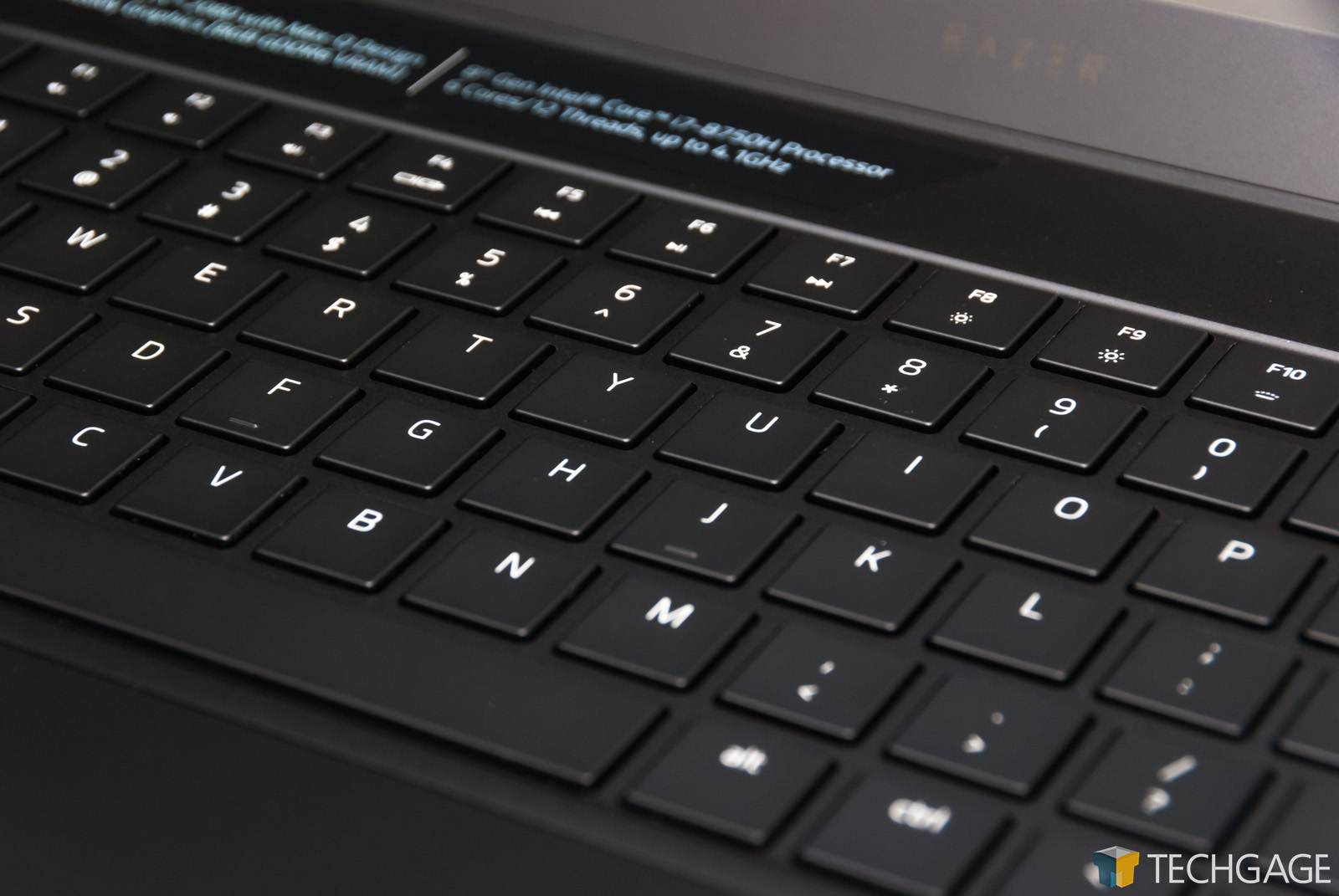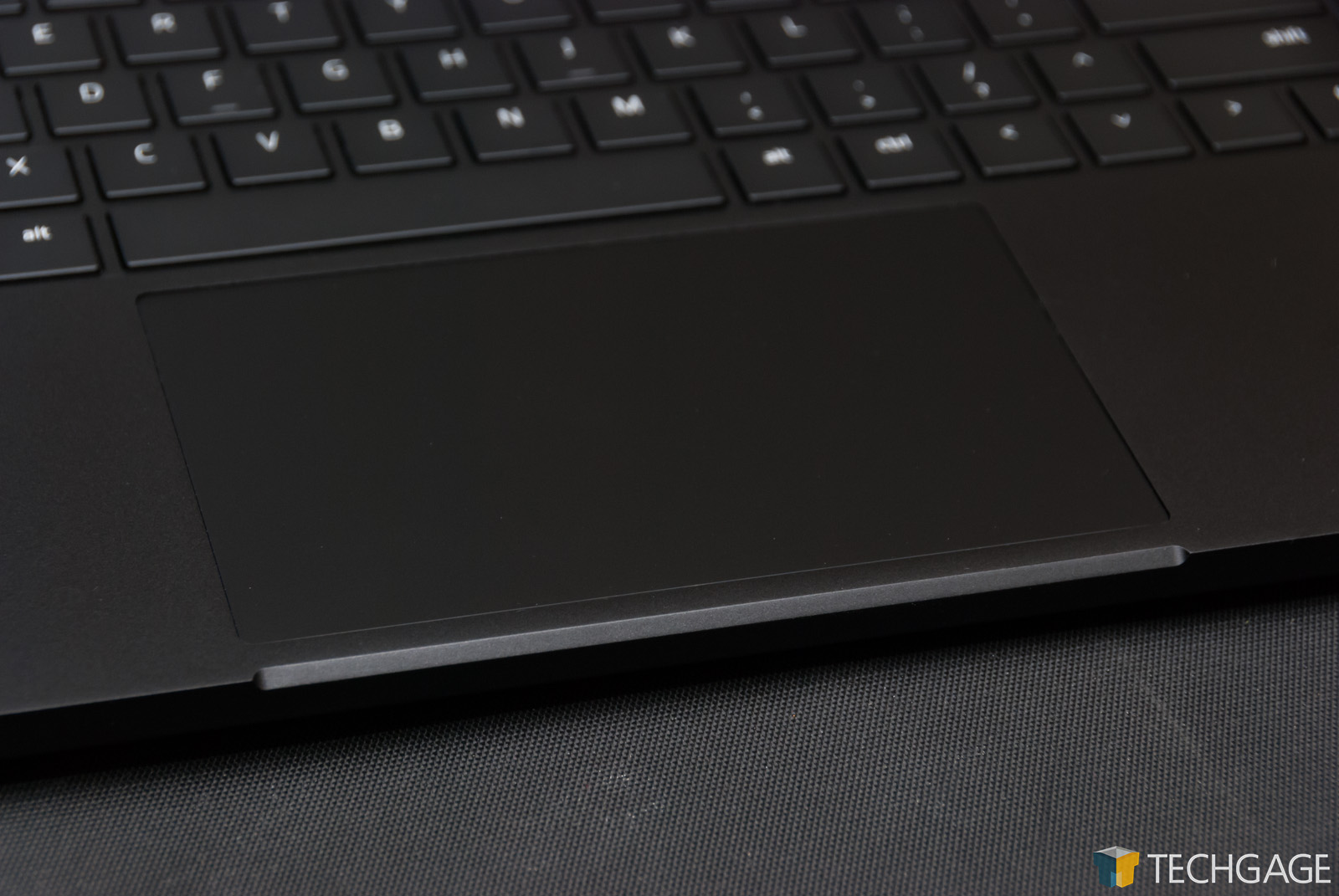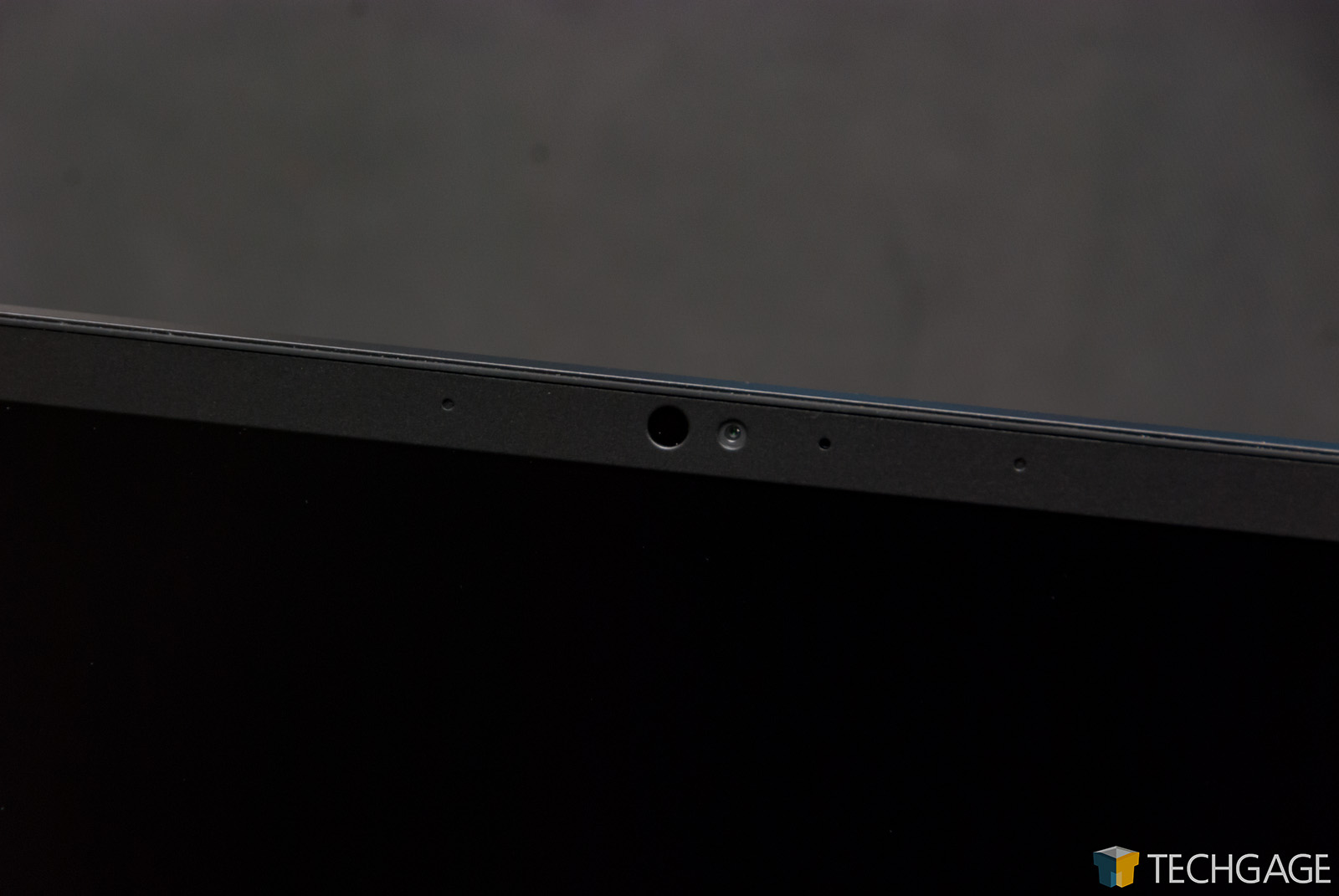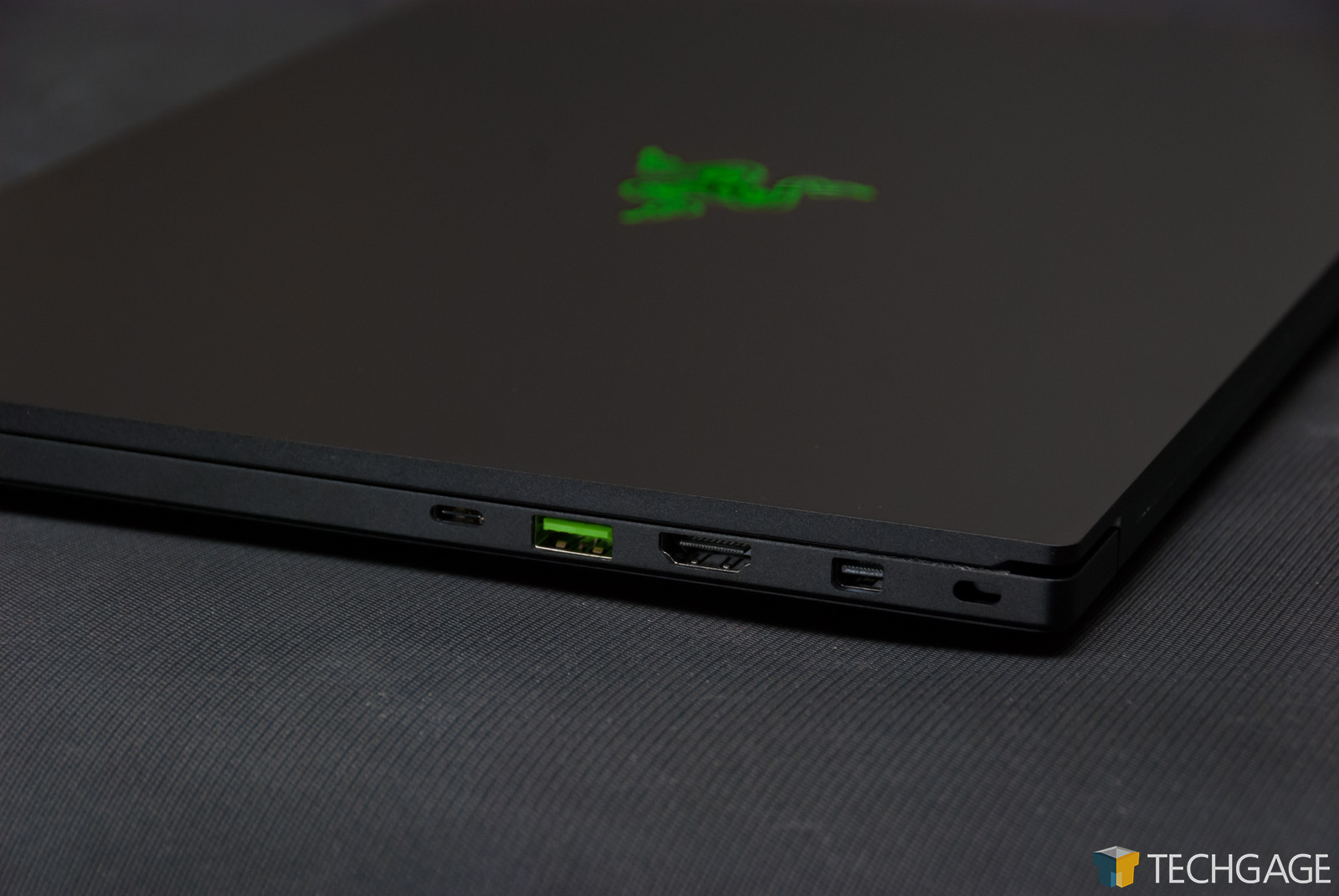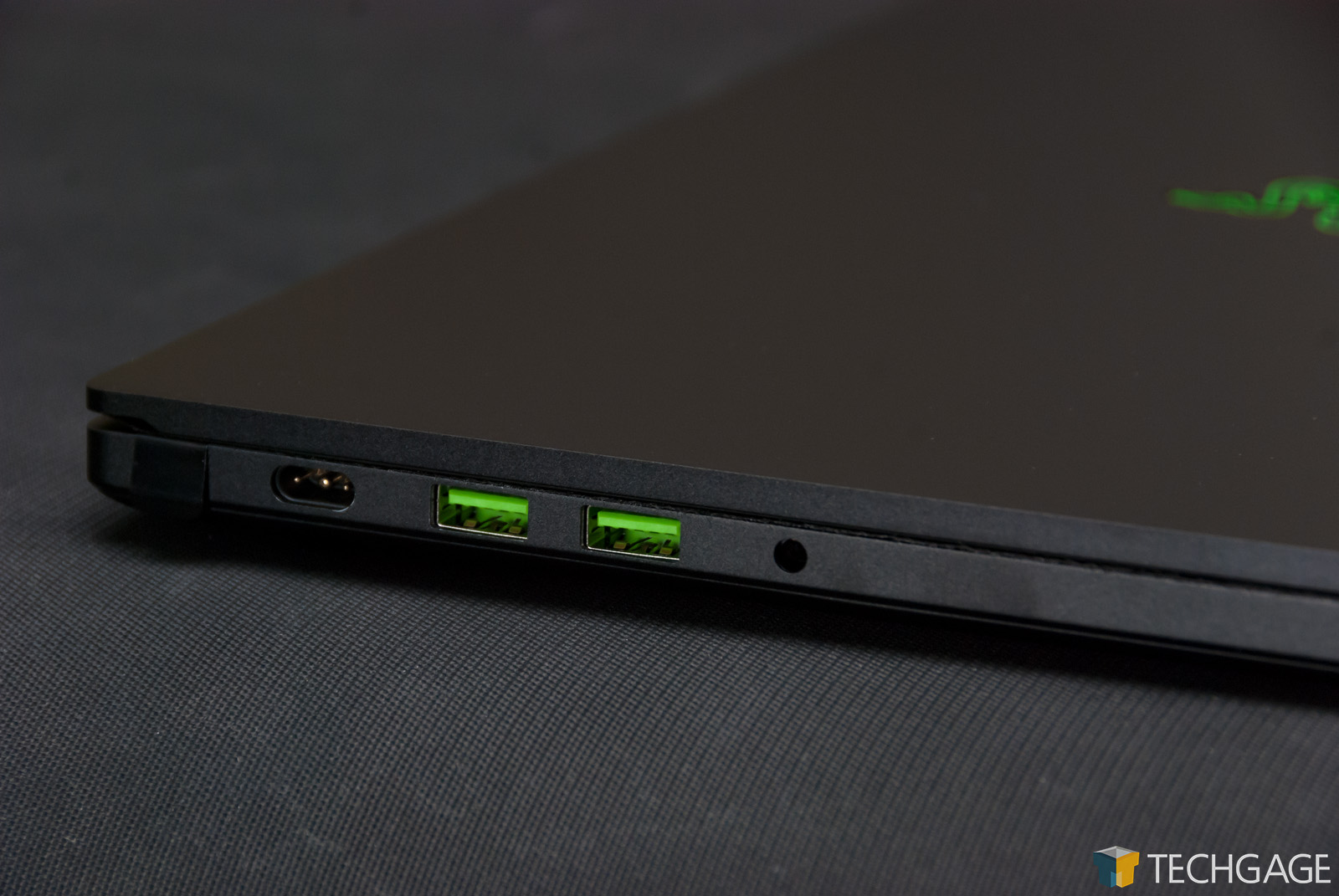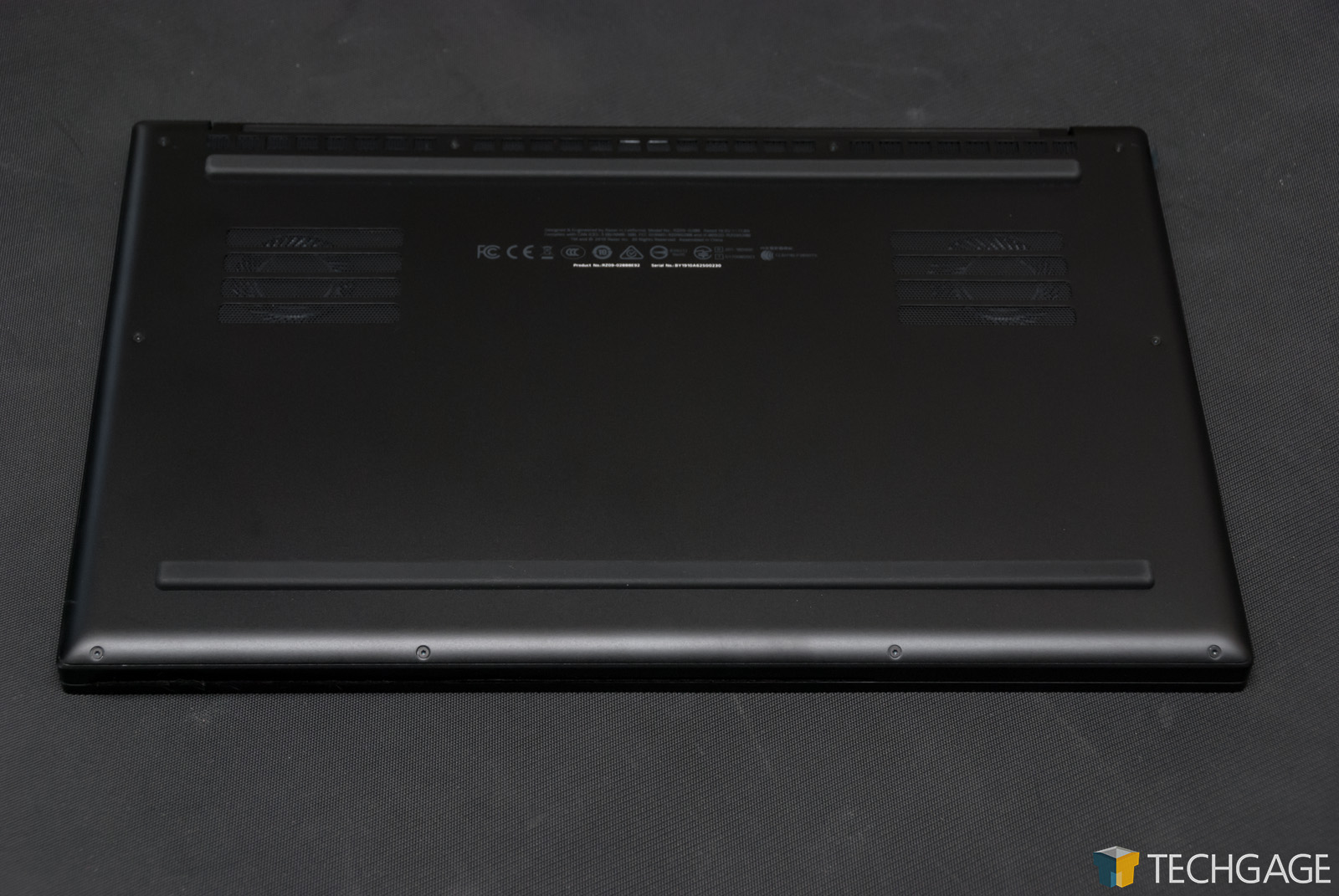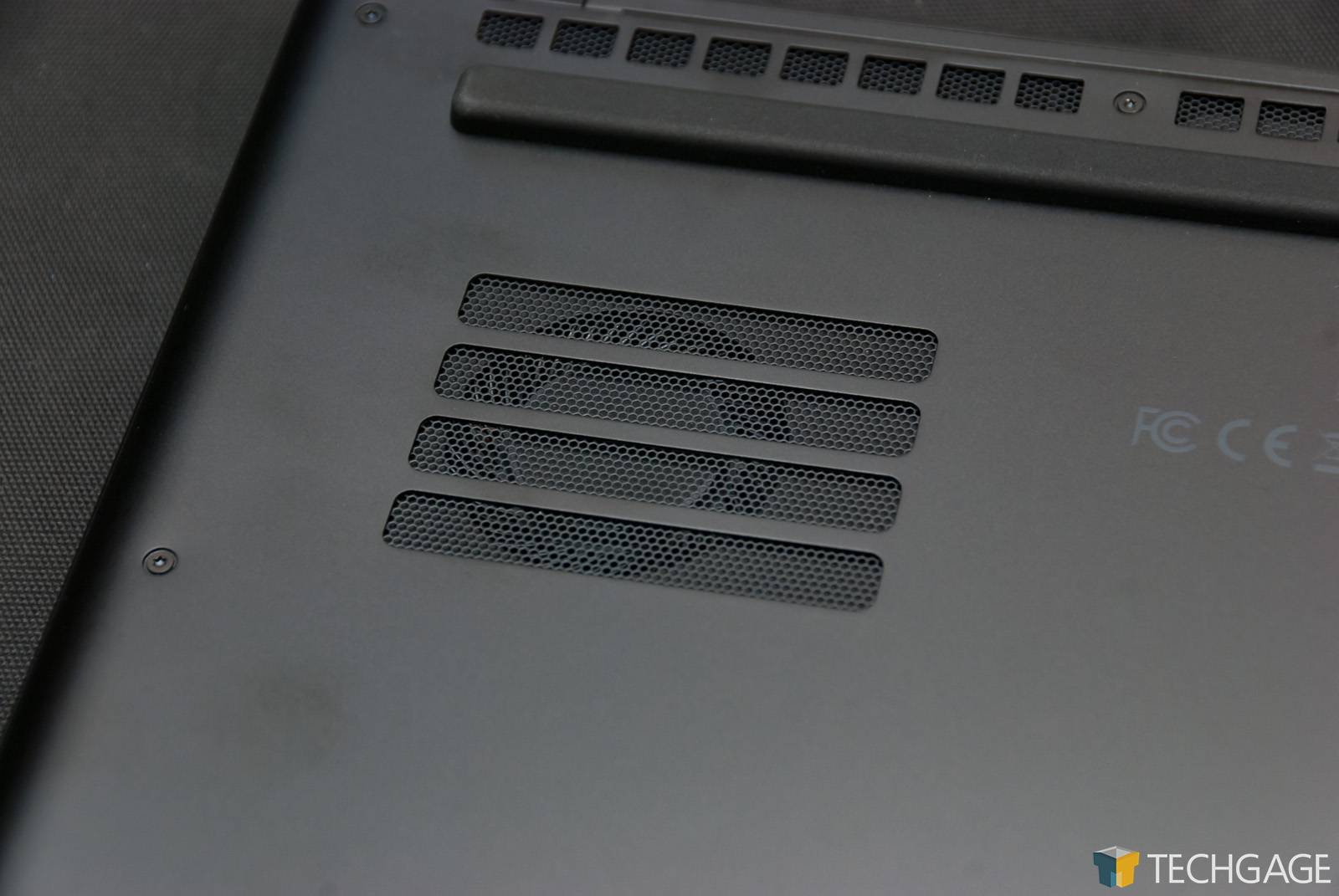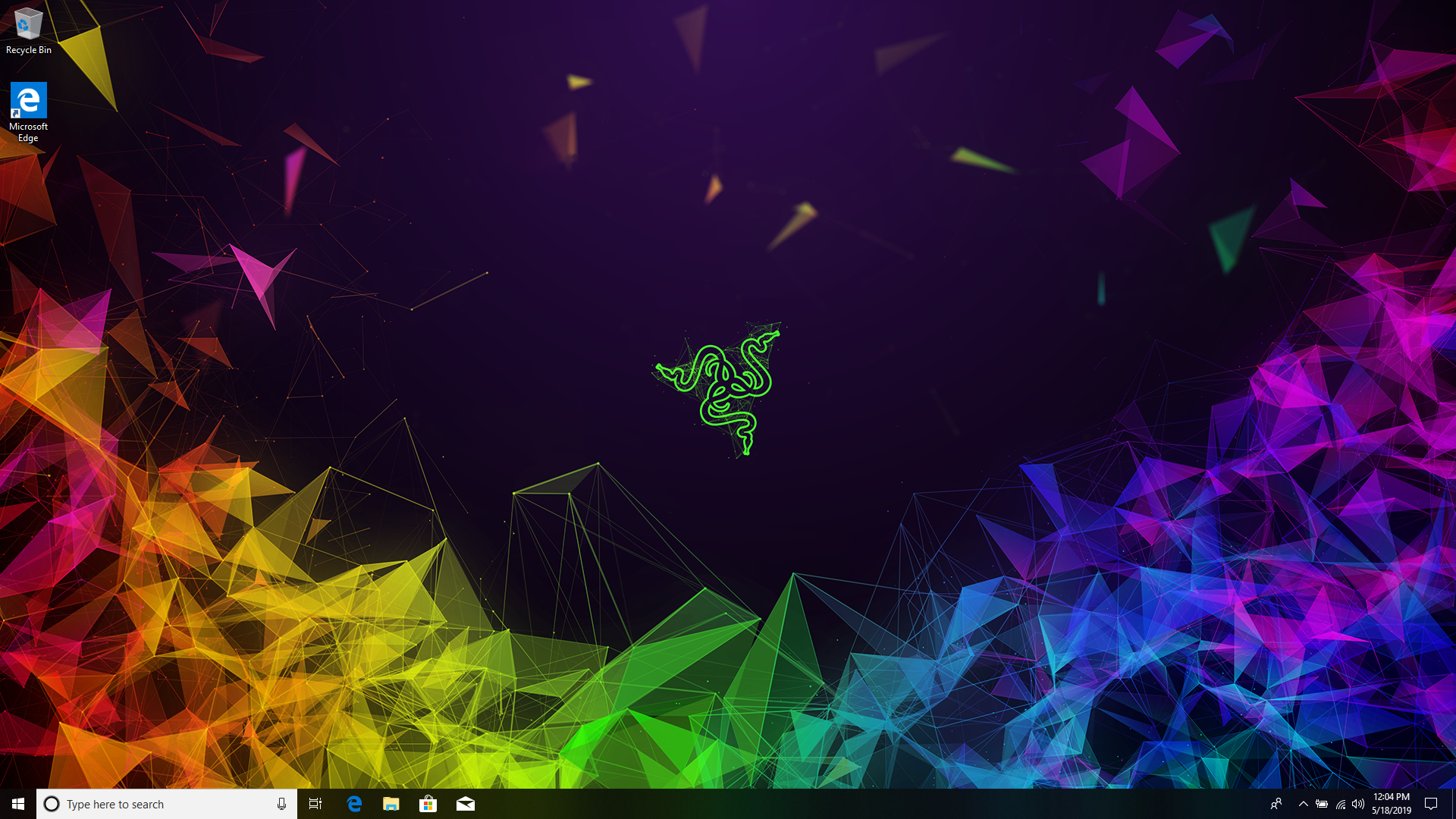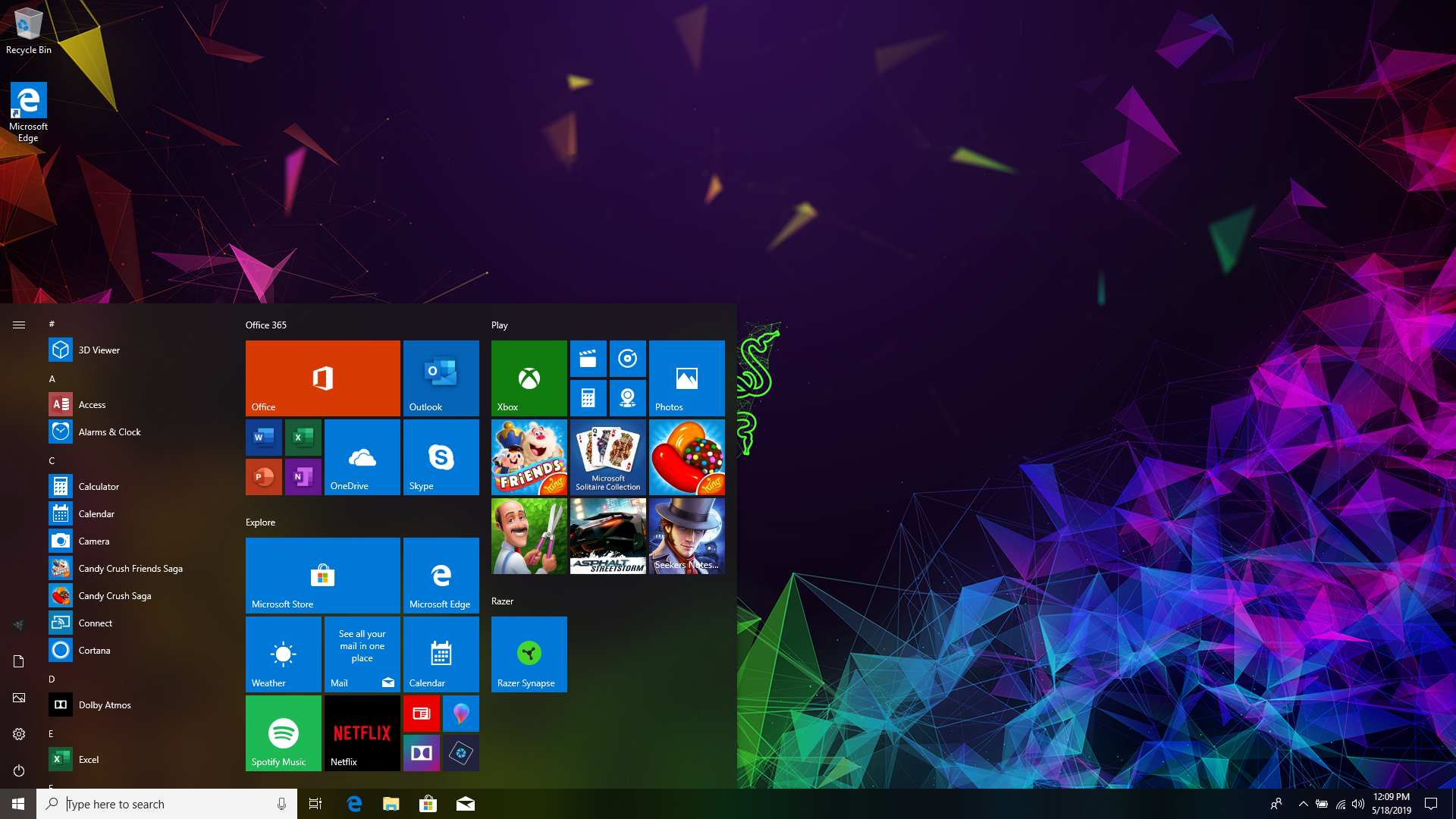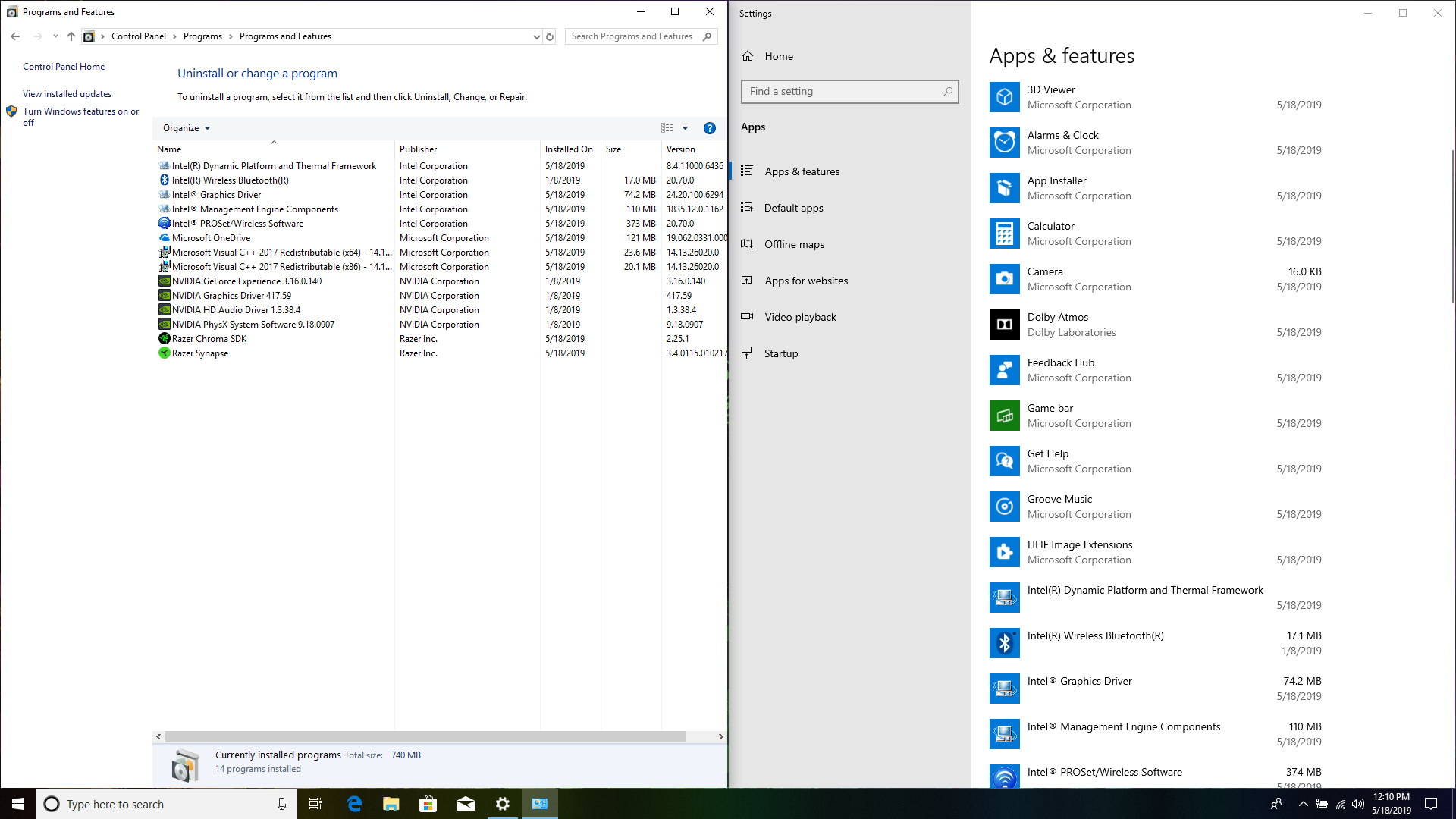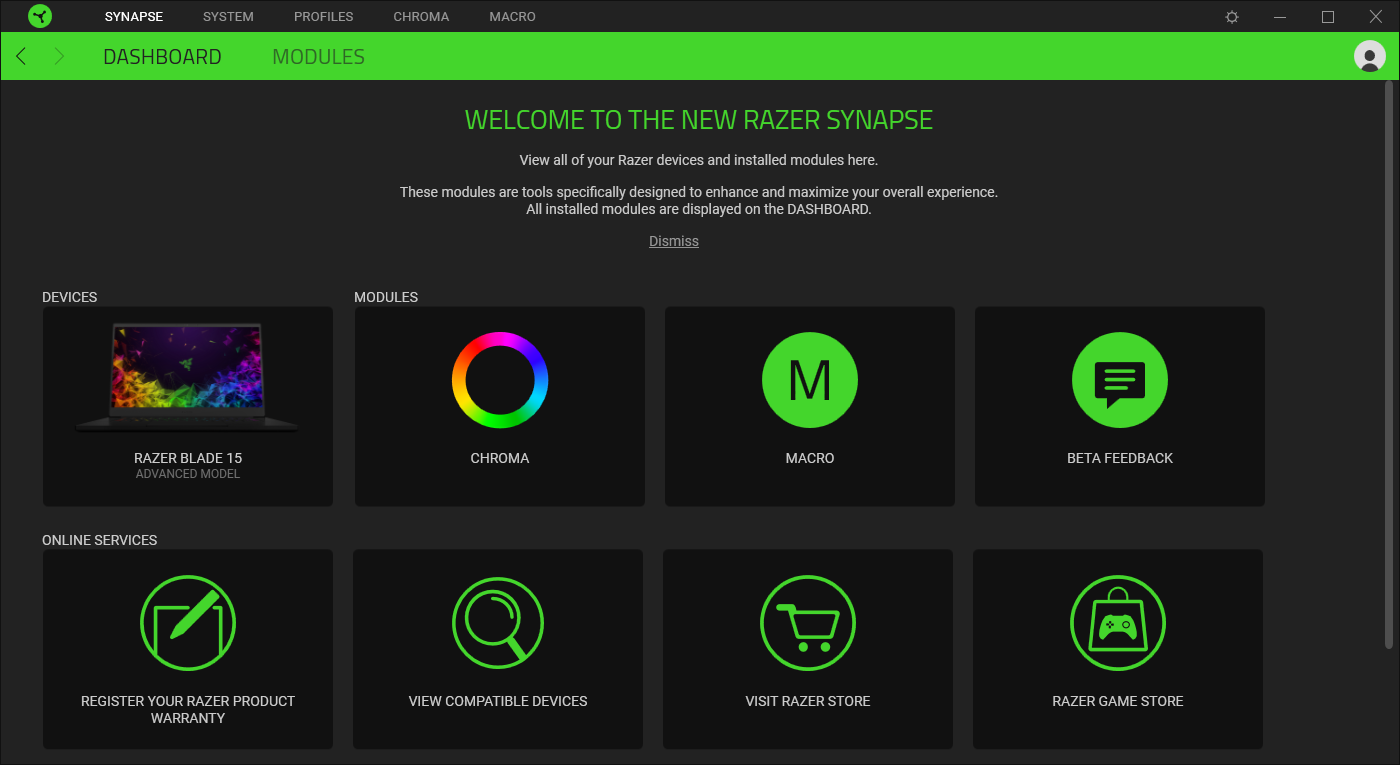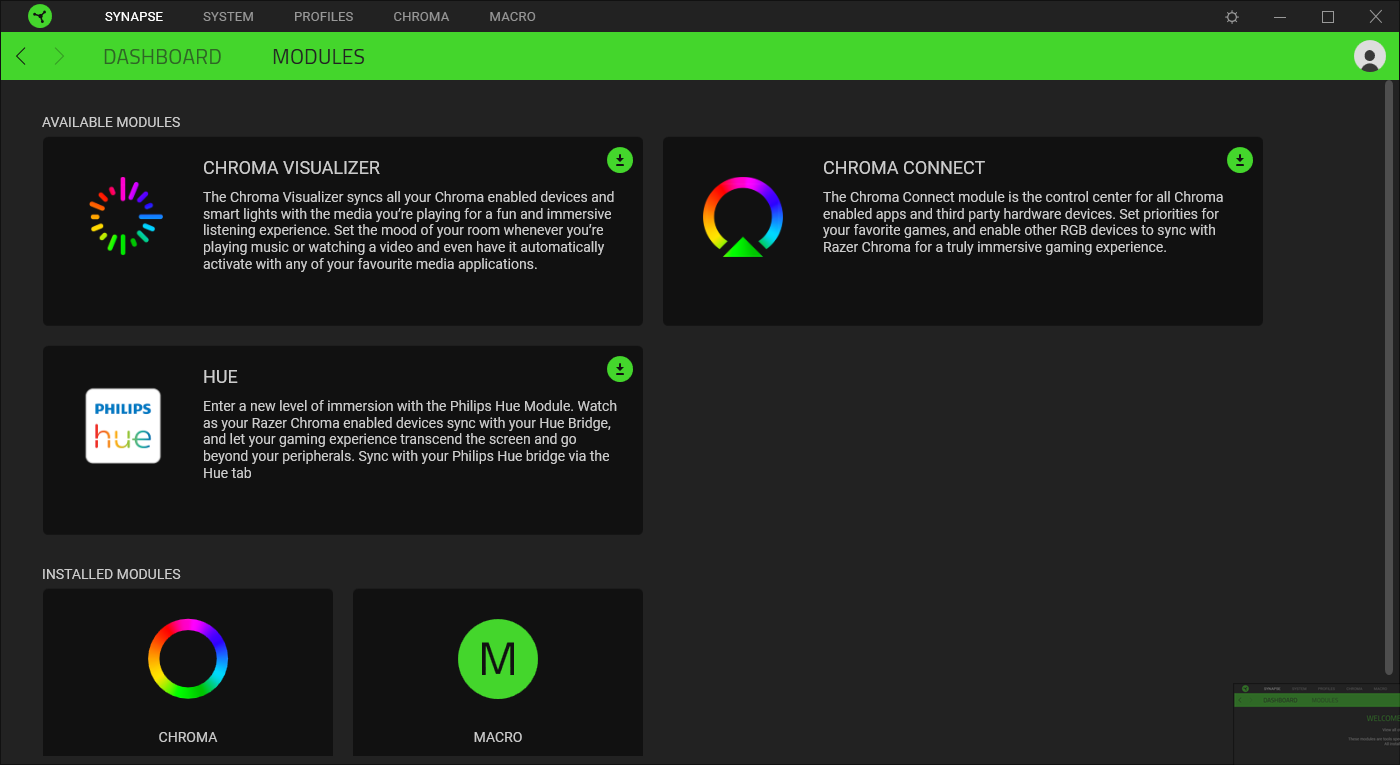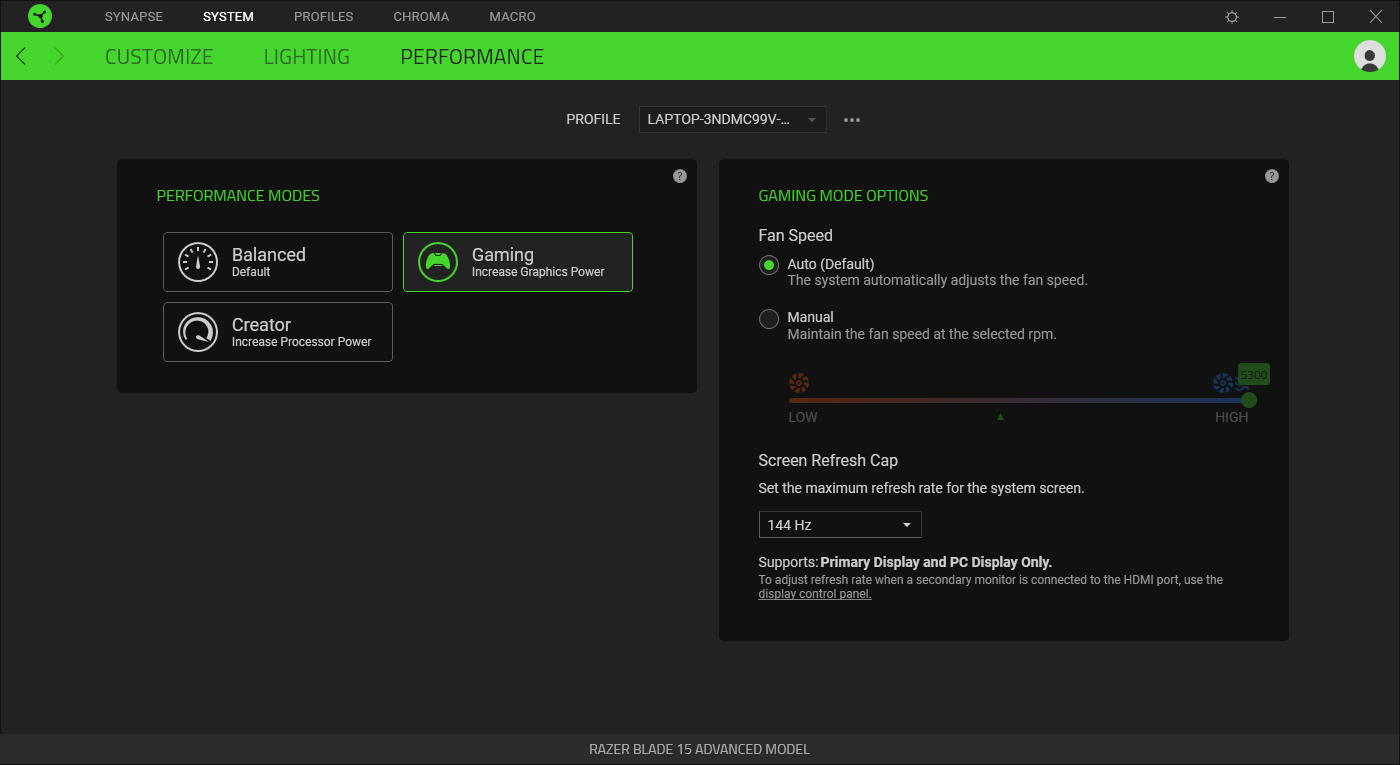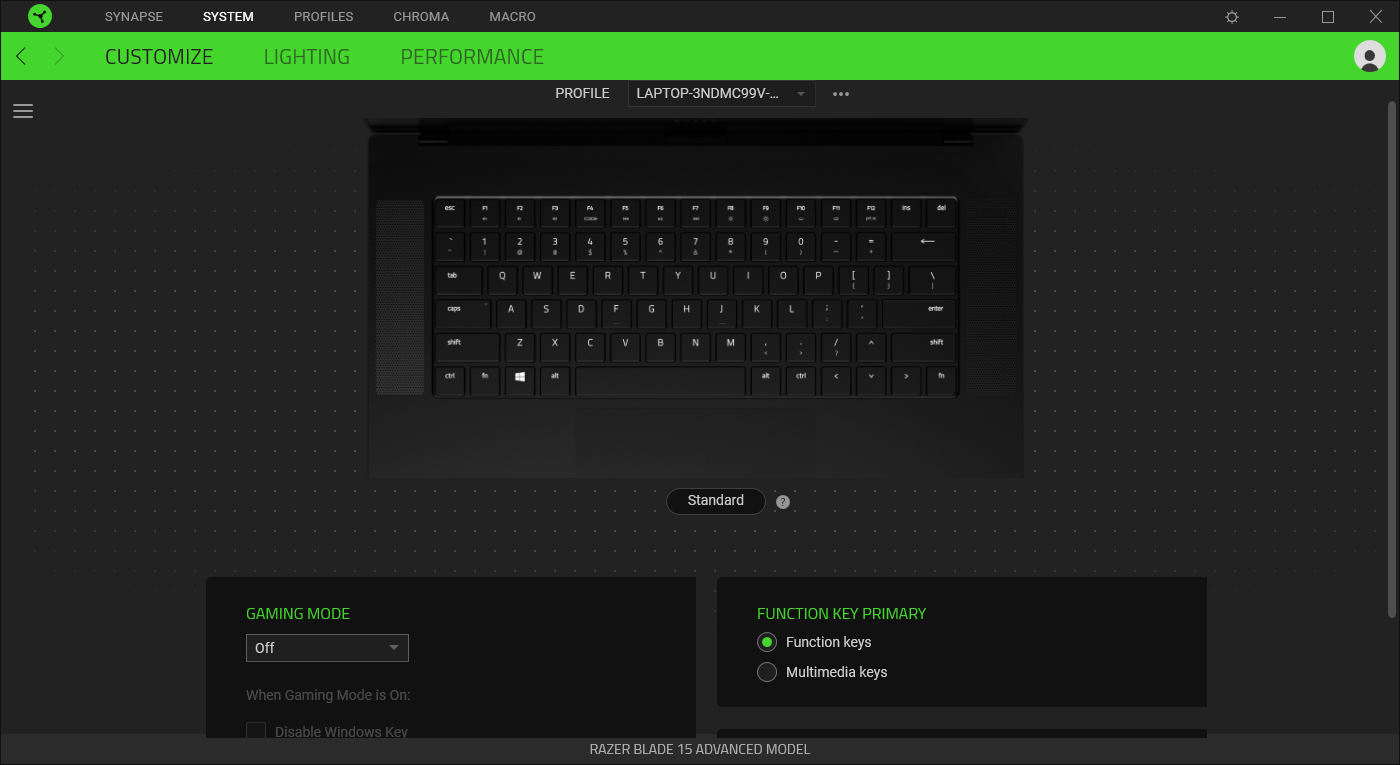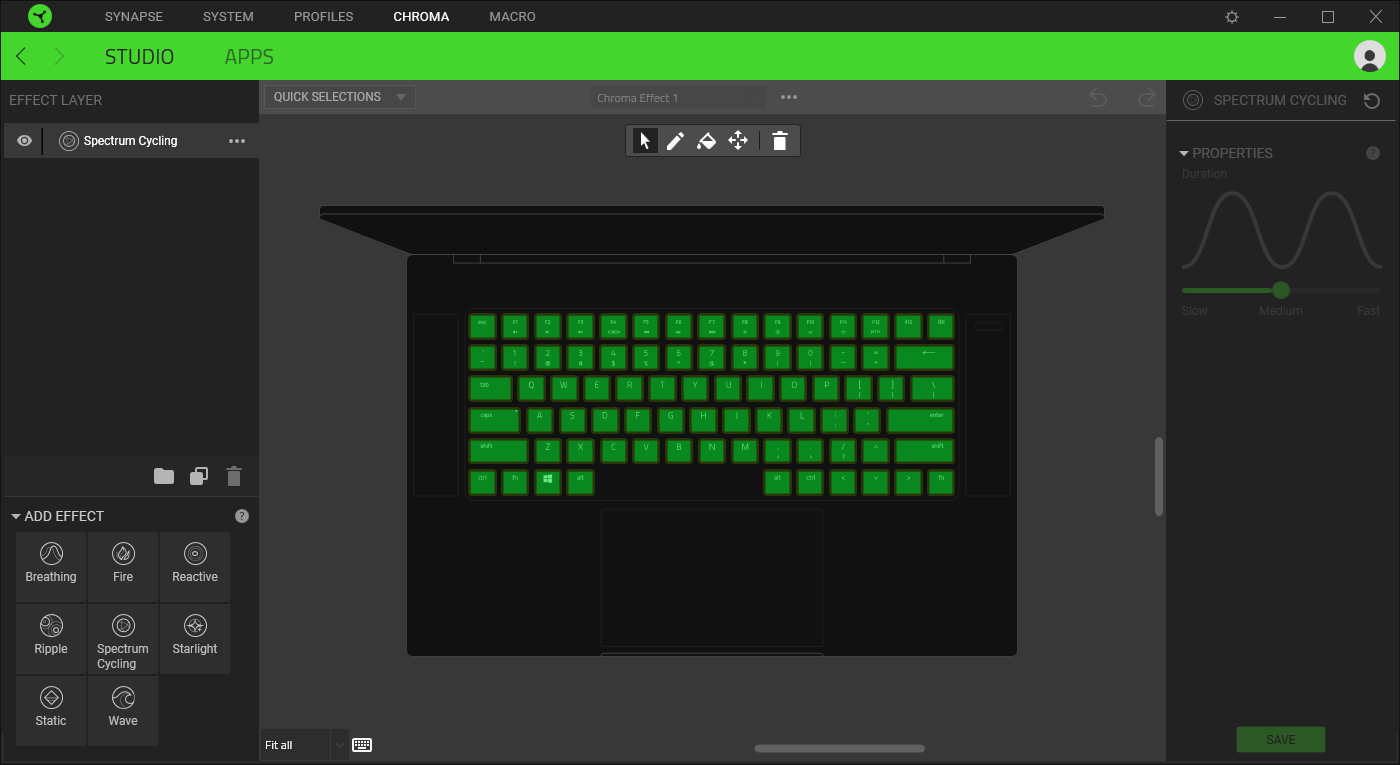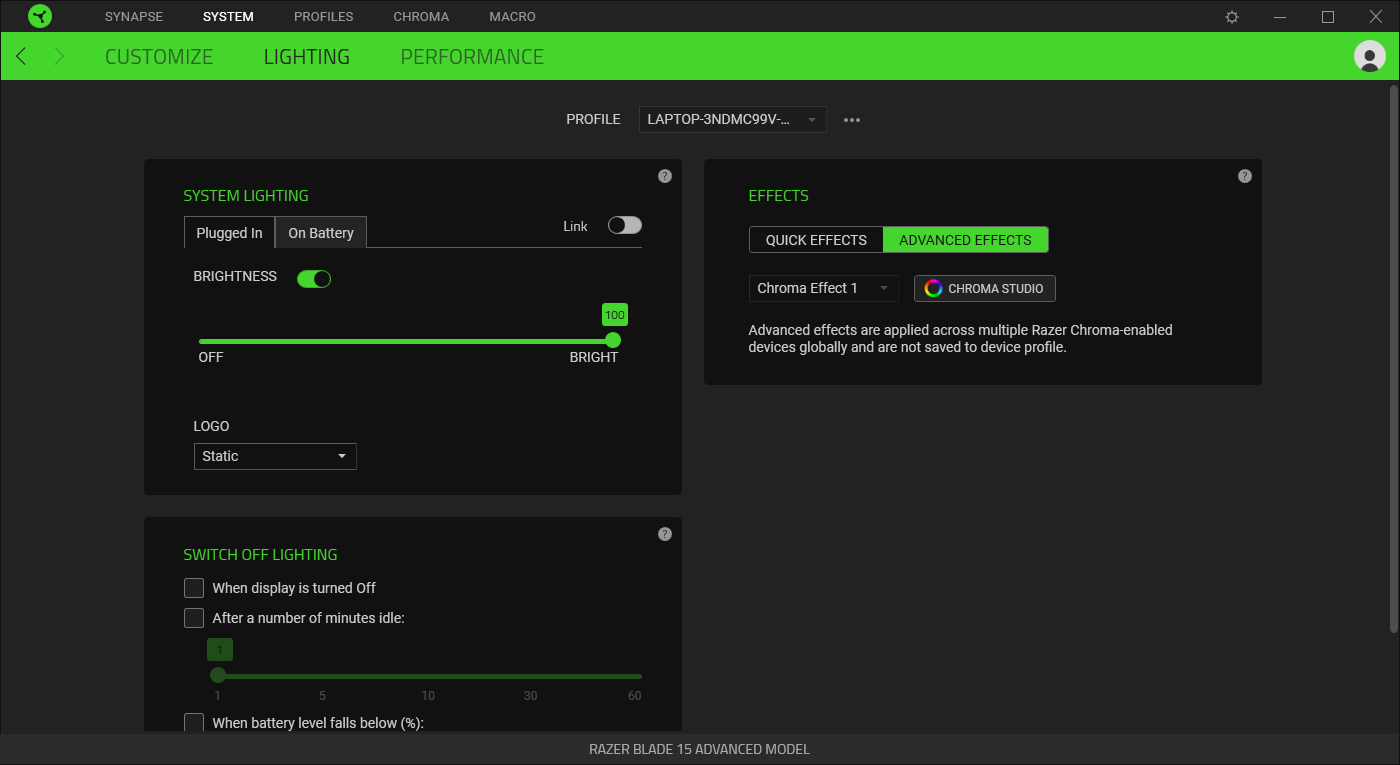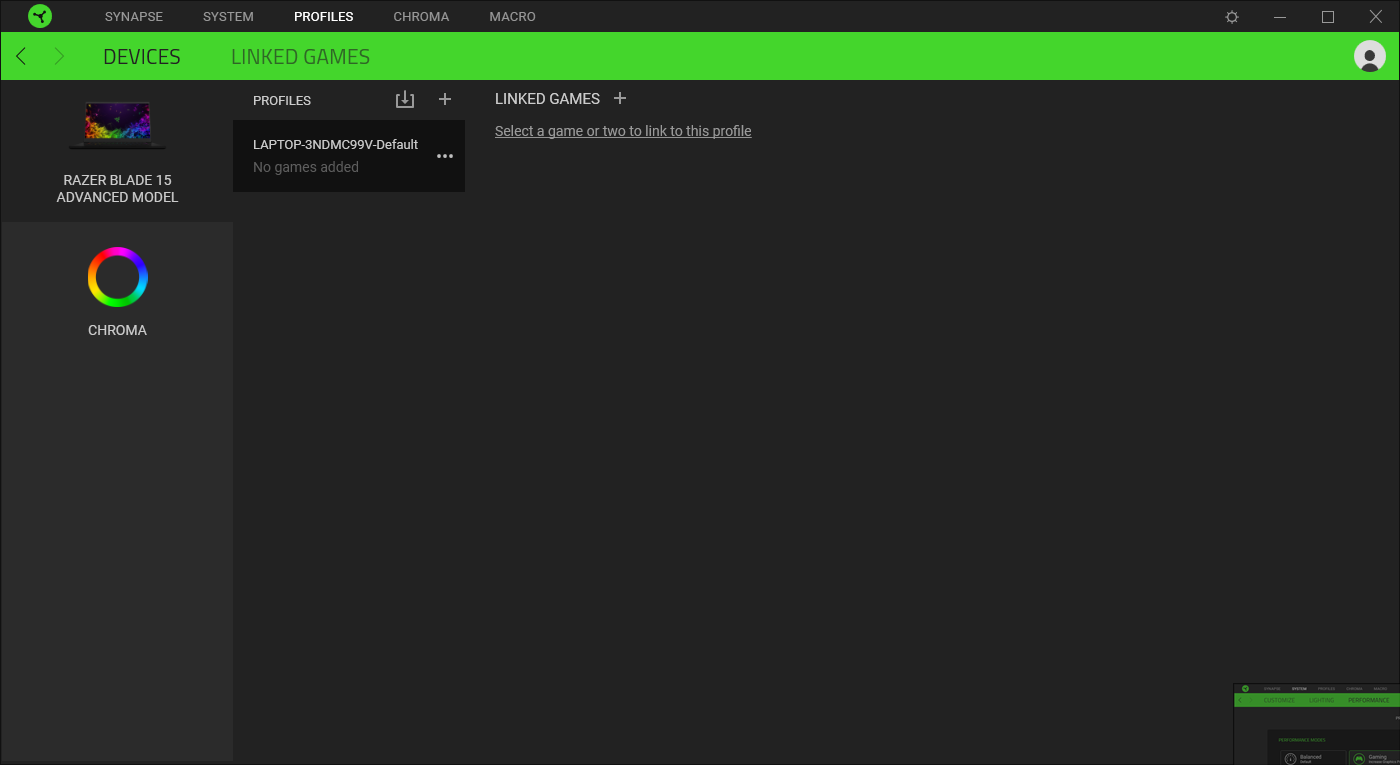- Qualcomm Launches Snapdragon 4 Gen 2 Mobile Platform
- AMD Launches Ryzen PRO 7000 Series Mobile & Desktop Platform
- Intel Launches Sleek Single-Slot Arc Pro A60 Workstation Graphics Card
- NVIDIA Announces Latest Ada Lovelace Additions: GeForce RTX 4060 Ti & RTX 4060
- Maxon Redshift With AMD Radeon GPU Rendering Support Now Available
Getting Creative Work Done With The Razer Blade 15 & GeForce RTX 2080 Max-Q

There’s a lot more that can be done with a gaming GPU than just the obvious. Today’s GPUs are highly tuned for creator workloads, such as 3D design, rendering, and of course, encoding. We’re taking a look at the latest Razer Blade 15, equipped with NVIDIA’s GeForce RTX 2080 Max-Q, to see how it handles real workloads.
Page 1 – Introduction & A Tour Of Razer Blade 15
When Razer released its first Blade notebook in 2011, it struck great intrigue in the industry thanks to the fact that the company wasn’t looking to push budget options, but instead premium SKUs that tend to be compared better to Apple than most other PC makers. Razer wanted to release notebooks that were thin, light, well-built, and offer good performance.
There’s always going to be compromise with notebooks; it’s just the nature of the beast. Notebooks have limited room for airflow, so scoring a truly “thin” laptop that offers true desktop performance is non-existent. But, we’ve come a long way, with NVIDIA’s Max-Q design focused entirely on delivering as much GPU performance as possible to users who want a modestly sized notebook.
The Razer Blade 15 Advanced Model might not be considered “modestly sized” to some, but at 0.7″ thick when closed, its thickness is great given the performance under-the-hood. This latest model includes NVIDIA’s just-released RTX series mobile GPUs, including the RTX 2080 Max-Q that’s in our tested sample.
We received this notebook sample from NVIDIA, not Razer, as the company wanted us to run the notebook through a gamut of popular professional visualization scenarios. Over the course of a few weeks, this laptop endured about 60 hours worth of benchmarking, with our internal workstation GPU test suite being run on it eight different ways (more info later). Suffice to say, we’ve got a lot of testing time in.
| Razer Blade 15 Gaming Notebook (As Tested) | |
| Processor | Intel Core i7-8750H 6-core/12-thread @ 2.2GHz 4.10GHz Turbo; 9MB L3 Cache; HyperThreading |
| Motherboard | Razer Blade / Intel Cannon Point HM370 |
| Memory | Samsung M471A1K43CB1-CTD 16GB (8GBx2, 19-19-19 @ DDR4-2666) |
| Graphics | Intel UHD Graphics 630 NVIDIA GeForce RTX 2080 Max-Q |
| Display | Unknown Vendor (15.6″, 1080p, 144Hz) |
| Storage | Liteon CA3-8D512 512GB NVMe |
| Optical | N/A |
| Audio | Realtek HD Audio |
| Wireless | Intel Wireless-AC 9560 802.11ac Wi-Fi Bluetooth 5.0 |
| Connectivity | 1x USB Type C (Thunderbolt 3) 3x USB 3.1 Type A 1x Mini-DisplayPort 1x HDMI 1 Audio Port |
| Et cetera | 13.98″ x 9.25″ x 0.7″ 4.63 lbs 80Wh Battery (~Six hours) |
| Price | ~$2,999.99 USD (As Tested) |
The edition we’re taking a look at here is the “Advanced Model” of the Razer Blade 15, which has the default screen option of 1080p / 144Hz. For that to be the base is pretty humorous, as it is really good in an age where the vast majority of people are still stuck to 60Hz on the desktop. The next step up is a 240Hz panel, while the top option is a 4K 60Hz HDR panel supporting 100% of the DCI-P3 color profile.
Interestingly, in order to get the newest 9th-gen Core i7-9750H processor in this notebook, you need to opt for one of the top two screen options. That means our sample has a last-gen Intel chip, which loses 400MHz base and Turbo. The 9th-gen chips didn’t exactly bring much innovation, so it’s not a big downside to have a last-gen chip in there, but if I were personally shelling out $3,000 for a notebook, I’d expect it to have the latest and greatest on offer. After all, this is a gaming notebook first and foremost, and 144Hz gamers still need a CPU with high clock speeds.
Nonetheless, due to time, we’ve only tested workstation applications on this notebook, and given we won’t have the laptop for much longer, we’re not sure we’ll be able to get on it in time (travel time and work queues have been rather challenging lately). Nonetheless, we are still taking care of the basics with gaming, such as UL 3DMark, so we can gauge roughly how this laptop might compare to the discrete GeForce RTX desktop chips.
Before moving onto a deeper look, we do want to highlight that it’s interesting that NVIDIA sent us a GeForce-equipped notebook for creative work, as there are many Quadro-based notebooks out there on the market. Over the past few years, as the creator revolution has happened, the company has definitely realized the clear demand on the gaming side. You lose things like guaranteed OpenGL 10-bit color with GeForce, and also don’t get optimizations built into the Quadro driver.
We’d break it down like this: If you are working with software solutions which basically insist-upon professional GPUs, you’re going to want to go that route. If you’re working with completely neutral applications, go GeForce. Use Blender? That’s GeForce territory. SolidWorks? That’s Quadro. We cover a range of such solutions in our other performance content.
Bundled Software
The higher-end you go with either your smartphone or notebook, the less chance there’s going to be annoying bloatware preinstalled. As a clearly premium notebook, we’re glad to see there’s no real sign of bloatware on this notebook, unless you take things to the extreme and think Razer’s own software shouldn’t ship on it. Microsoft itself is the guiltiest party of bloatware (just look at the Start Menu), and unfortunately, Razer doesn’t have any say over that.
Anyone who owns a Razer peripheral are likely very familiar with the company’s Synapse software. It’s a one-stop shop for all of the special features the notebook ships with, including Chroma RGB. There’s even integration for Philips HUE bulbs. And on a semi-related note, the Vivaldi web browser recently added support for Razer Chroma (and coincidentally also supports Philips HUE).
To us, the absolute best part of Synapse on the Blade 15 are the performance modes. Many vendors would hide away any tools that allowed users to “overclock” their system, but Razer offers a simple solution that gets the job done with preset profiles. Really surprising to us is that there’s also an option to manually control the fan speed, although it won’t be entirely necessary to use in most cases.
By default, Synapse applies a Balanced profile. The Gaming profile will boost the GPU performance, and to a fairly significant degree as we’ll see on the next page. The Creator profile conversely boosts the CPU performance. Unfortunately, there is no option to combine the two boosts together.
Support our efforts! With ad revenue at an all-time low for written websites, we're relying more than ever on reader support to help us continue putting so much effort into this type of content. You can support us by becoming a Patron, or by using our Amazon shopping affiliate links listed through our articles. Thanks for your support!




